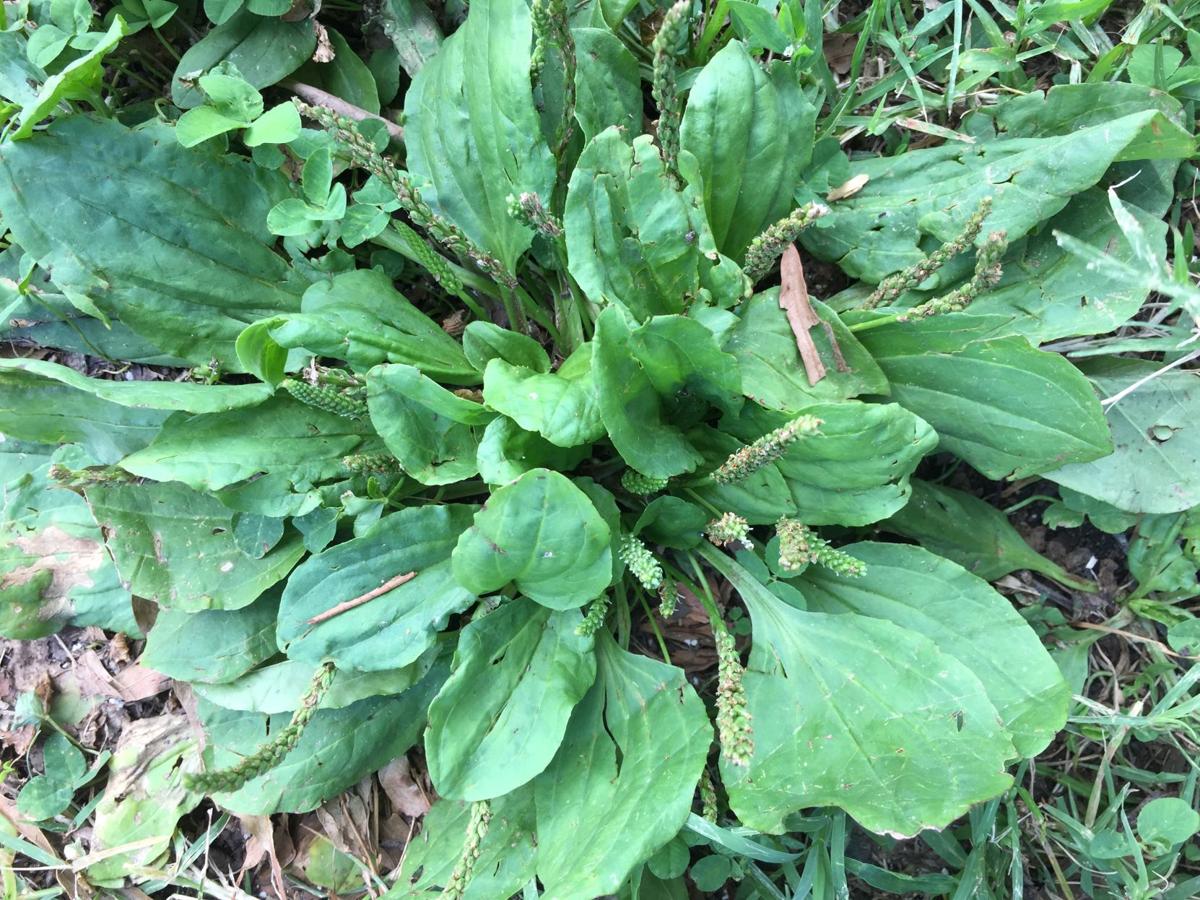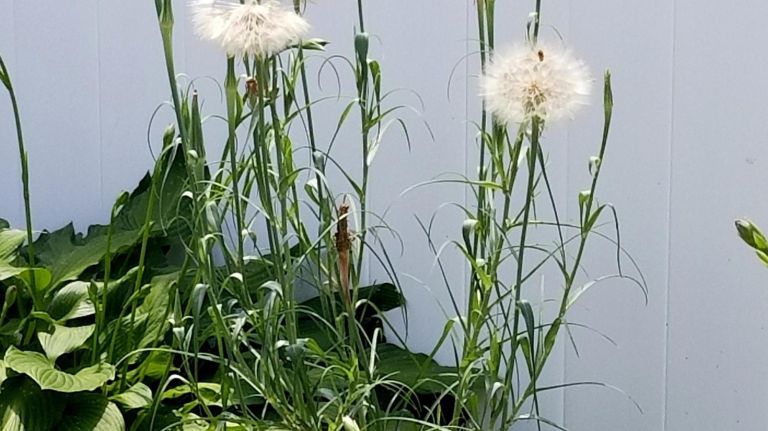Each day, gardeners and homeowners wage war in their lawns and flower beds against unintentionally existing plants. They justify these seemingly never-ending battles with one word – weeds. A weed is simply a plant out of place. Might it be possible to win in some way?
Absolutely.
In fact, some of these so-called weeds, on the very paths you walk and in your backyard or in fields, are very likely edible. Most of modern society has been conditioned to think that weeds need to be eradicated, but some weeds are nutritional powerhouses containing essential vitamins and minerals, as well as fiber. A variety of weeds can be prepared and enjoyed in a number of ways, such as boiling, steaming, sautéing and, of course, raw.
Each weed has different edible parts, and many are more palatable when young. Some guidelines for enjoying edible weeds include being certain about which ones are edible in your area; learning which species may be dangerous; sampling in small amounts; relying on the specific Latin name; and using multiple resources for identification. Also important: Do not forage in areas known to be sprayed with chemicals and fertilizers, and avoid weeds along roadsides where exhaust fumes may have accumulated.
Following are some of the most common edible weeds:
1. Broadleaf plantain (Plantago major)
This plant can be used as a fiber supplement, and many consider it to have other medicinal benefits as well. The young leaves are the most palatable. The seeds also are edible, but are time-consuming to collect.
2. Red clover (Trifolium pratense)
The flowers and leaves are edible in both white and red clover. The flowers are the most preferred part, and the red clover is deemed to have better flavor than the white.
3. Chickweed (Stellaria media) This spring weed will die back with the heat, but before it disappears, it can be consumed raw like bean sprouts.
4. Creeping Charlie, aka ground ivy (Glechoma hederacea)
Like many members of the mint family, this plant is a prolific spreader. The young leaves can be eaten raw.
5. Curly dock (Rumex crispus)
The young leaves of this tall weed are edible either raw or cooked, and the seeds can be ground into a powder to use like a flour.
6. Dandelion (Taraxacum officinale)
The bane of the perfect lawn set, the leaves, flowers and roots of this plant can be eaten raw or cooked. It is said to contain more beta carotene than carrots. It is typically at its best, and easiest to find in spring.
7. Hairy bittercress (Cardamine hirsuta)
The leaves are the most palatable part of this weed, but you need to consume them quickly after harvesting because they rapidly wilt. It is a great addition to salads.
8. Lamb’s quarter (Chenopodium album)
The leaves and seeds, which resemble quinoa, are both edible. The leaves can be a good substitute for spinach, and are better cooked than raw. The silvery color on the foliage is due to mineral salts in the soil.
9. Purslane (Portulaca oleracea)
The leaves and succulent-like stems can be enjoyed in salads or can be used to thicken soups. Eaten fresh, it has a crisp texture and peppery flavor.
10. Common yellow wood sorrel (Oxalis stricta)
This plant is also colloquially known as sourgrass or pickle plant for its very tart flavor. It is high in vitamin C, but should be eaten only in moderate amounts. Too much, and it will interfere with your body’s calcium levels.
Credit: pilotonline.com



